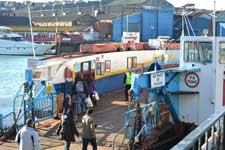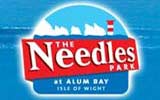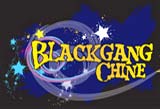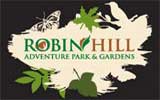Cowes & East Cowes
The name Cowes has for many a year been associated with world class yachting and for one week in early August known as Cowes week this seaside town is transformed into one big venue for competitive sailing and a Mecca for all those interested in watching. On land the streets are bustling full of people from every corner of the Earth, some competing, many others just watching, and many many more just there to soak up the unique yachting festival atmosphere and enjoy the night life. Cowes week culminates with a huge firework display on the Friday just after dark which is truly a world class event and a must see for anyone visiting the Isle of Wight during this time.
Cowes itself approached from the sea gives the impression of Victorian elegance with the western end of the town boasting spacious parades and grand hotels, in fact for this reason Cowes has been chosen as the headquarters of The Royal Yacht Squadron. This elite club was patronised by Royalty and nobility, which had included in its members Queen Victoria's Consort, Prince Albert.
The heart of the town, radiating out from the Solent ferry terminal is a mass of narrow streets crowded with pubs, eating places, bookshops and yachting chandlers that preserve their Victorian heritage.
Taking the floating bridge over the River Medina you will arrive in East Cowes which is best known  for once being the home of Queen Victoria who resided at Osborne House built by request as a family holiday home. The truly spectacular Osborne house and grounds are a popular tourist destination and a fascinating look into the lives of the Royal family during Victoria's reign. Next door is Barton Manor. Once used by Prince Albert as an experimental farm this medieval manor house is not open to the public but opens its garden for view at various dates throughout the summer.
for once being the home of Queen Victoria who resided at Osborne House built by request as a family holiday home. The truly spectacular Osborne house and grounds are a popular tourist destination and a fascinating look into the lives of the Royal family during Victoria's reign. Next door is Barton Manor. Once used by Prince Albert as an experimental farm this medieval manor house is not open to the public but opens its garden for view at various dates throughout the summer.
Fascinating Fact
Why the name Cowes? I hear you ask. In 1539 Henry III commissioned the building of two castles at the mouth of the River Medina as part of a sea defence plan to counter French raids that had been happening up and down the islands coasts. On the west side a castle was built with stone from the suppressed Abbey of Beaulieu. On the east side a castle was built on the site of the religious house of Shamblord. These soon locally became known as east and west Cowe, “cowe” being the sixteenth century word for fortification.












